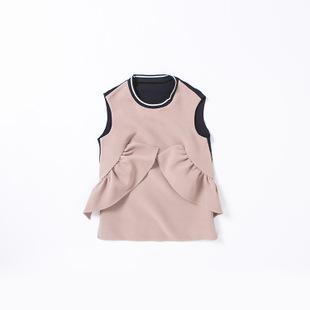Twill and plain weave are two common fabric textures that have obvious differences in appearance and texture. The following are the characteristics and identification methods of twill and plain weave:
Characteristics of twill:
1. Grain direction: Twill has a slanted The texture is usually arranged at an angle of 45 degrees. This diagonal line gives a sense of direction and movement.
2. Twill pattern: Special pattern effects usually appear on the surface of twill cloth, such as checkerboard, twill, zigzag, etc. These patterns will have a unique three-dimensional look due to the diagonal weave.
3. Strength and wear resistance: Due to its twill structure, twill fabric has high strength and wear resistance, and is suitable for making clothing that requires durability, such as suits, pants and jackets.
Characteristics of plain weave fabric:
1. Grain direction: The grain of plain weave fabric is arranged vertically or horizontally to form a regular grid. This parallel line gives a neat and stable feeling.
2. Smooth texture: Plain fabric usually has a soft, smooth texture and is comfortable to touch. This fabric is suitable for making close-fitting clothing, such as shirts, underwear, etc.
3. Color presentation: Due to its regular structure, plain weave fabric can easily form uniform color effects. Colors are more likely to appear full and bright on plain fabric.
How to identify twill and plain woven fabrics:
1. Observe the inclination direction of the grain: the grain of twill fabric will be inclined at an angle of 45 degrees. Plain weave, on the other hand, is arranged vertically or horizontally.
2. Pay attention to pattern details: The surface of twill fabric may have special patterns such as plaid and twill plaid, while plain weave fabric has no outstanding pattern effect.
3. Touch texture: Twill usually has a solid, textured feel, while plain weave is softer and smoother.
4. Pay attention to light reflection: Twill fabric usually shows a sparkling effect at different angles, while plain weave fabric does not have this phenomenon.
In general, twill and plain weave are different in grain direction, pattern effect, texture and use. The characteristics of twill and plain fabrics can be identified by observing the grain direction, paying attention to special patterns, touching the texture, and paying attention to light reflection. Choose suitable fabrics to make clothing or other supplies based on your needs and preferences.




